I realize that proclaiming allegiances is dangerous this early in the game. A lot of you out there will surely disagree with what I’m about to say. But I think this is worth sharing, especially since people may be planning to buy a camera soon. Besides, there’s facts backing up what I’m saying—and that always works in arguments, as the current US election cycle is proving. Right? So here we go:
Micro Four Thirds is the best mainstream (meaning crop sensor) mirrorless system for night photography.
Yes, that’s right. The system with the smallest sensor (the only one without an APS-C sensor) is the best at night. And yes, that’s completely backwards from how it should be. Sensor size is directly tied to light collection ability, so all else being equal, larger sensors should always win out when light is limited, every time without question. But all else is not equal. Here’s the reasons why Micro Four Thirds (m43) is the best small mirrorless system if you’re planning on shooting at night often, beating out the Canon EOS M, Sony E, Fuji X, and Samsung NX systems:
So. Many. Awesome. Lenses.
Mirrorless systems are young, so they don’t have the massive back-catalog of DSLR lenses Nikon and Canon have developed over the years. But m43’s catalog is big enough that you can now find practically any lens you need, and that sets it apart from the rest. This is especially true when it comes to fast primes: if you want an f/2 or faster prime lens for your m43 camera, your focal length choices are:
8mm, 12mm, 15mm, 17mm, 20mm, 25mm, 30mm, 42.5mm, 45mm, and 75mm.
In case it’s wasn’t clear, that’s a lot. Fast prime lenses are the lifeblood of night photography, and with m43 you can find the exact one that suits your style. Oh, and they’re literally all fantastic, sharp-as-a-knife performers that you can use wide-open without hesitation. Sounds impressive, but look up some reviews if you don’t believe me—Panasonic and Olympus have set very high standards for lens design.

And all of them are stabilized.
Yes, you have your pick of prime lenses. But it gets even better, because once you mount your chosen lens to a m43 camera, it gets supercharged with a potent hidden power: built-in stabilization. All Olympus m43 bodies, and newer Panasonic m43s (GX7, GX8, GX85) have sensor-shift stabilization, furthering these lenses’ advantage in low light. With stabilization you can handhold crazy-low shutter speeds, like 1/2-1/4”, and that paired with a large aperture of f/1.4 or f/1.7 leads to ultra-clear and noise-free images at low ISO settings under the 1000s. The 1/focal length rule can go right out the window. And you can just let that tripod collect dust in the closet.
The fact that ALL m43 fast primes can be stabilized is unmatchable. Sony just has two fast stabilized primes, 35mm and 50mm, while none of Fuji or Canon’s fast primes are stabilized. And there’s no way an unstabilized lens can compete with a stabilized one when it comes to handheld night photography.
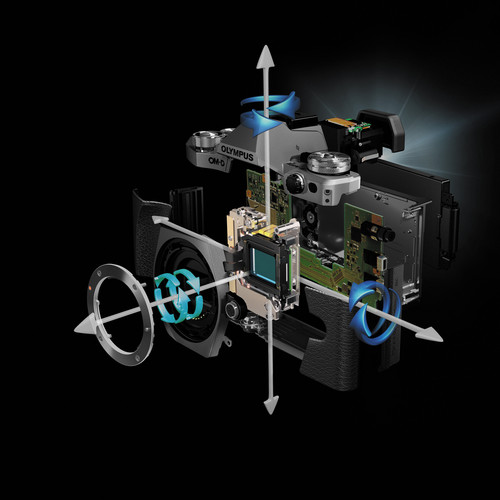
And you can still go even faster.
Are the f/1.4 autofocus lenses not fast enough for you? That’s the thing about speed—once you have it, the only thing you want is more. Luckily, you’re more than covered when it comes to going past f/1.4. Voigtlander has a full range of four f/0.95 Nokton lenses that are m43 only – 10.5mm, 17.5mm, 25mm, and 42.5mm. Sony and Fuji only have 35mm and 50mm f/0.95 lenses available in their mounts. And, you can get those same lenses in m43 mount too.
And if you don’t want to invest in a pricy f/0.95 lens, you can instead use this little magical (I’m pretty sure it’s magical) device called a Speedbooster to get your speed fix. It reduces the focal length and increases the maximum aperture of a lens by about a stop. So mount a vintage f/1.4 lens, like a cheap 50mm, and it’ll be f/1.0. Speedboosters are available for converting various lens mounts to Fuji X, Sony E, or m43.
Right now you might be thinking that this still all seems pretty evenly matched; after all, everyone has some f/0.95 lenses, and everyone has Speedbooster compatibility. But guess what? Only on m43 will that f/0.95 or speedboosted lens be sensor-shift stabilized, giving you a massive advantage in being able to drop your shutter speed by 3-5 stops and still come out with a sharp image.
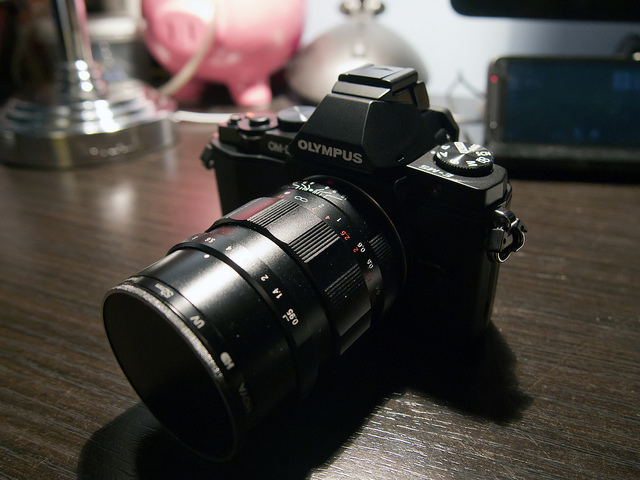
Plus surprising autofocus performance.
Another ace up m43’s sleeve is trick autofocus (AF) technologies. Not only is the “traditional” contrast-detect AF really good now—much better than first gen mirrorless cameras—but new developments are promising more DSLR-like (or even better) performance. With the Olympus E-M1, you get phase-detect autofocus, which is the same type of AF used on DSLRs, through its unique sensor. The upcoming E-M1II is expected to have the same system. And newer Panasonic cameras have Depth from Defocus (DFD), a highly optimized form of contrast-detect AF which promises performance rivaling the best phase-detect systems.
All in whichever package you want.
Your choice of camera body, like other things, becomes more important at night than during day. When you can’t see your camera, it must be intuitive and easy to use, and you need to know it like the back of your hand. Plus, for some photographers, especially street photographers, discreteness and stealthiness is a concern too. Micro Four Thirds not only has the greatest number of bodies available, but the widest range as well. Here’s an example:

If you’re a street photographer who wants to blend into your environment, the impossibly small Panasonic GM1 with a pancake lens would be perfect. So would the gorgeous and compact Olympus PEN-F. Yet if you want fantastic ergonomics, rugged build, and the ability to change settings on the fly quickly with physical controls, you can spring for a tough, professional-grade body like a Panasonic GH4 or Olympus E-M1. Whether you want rangefinder-shape or DSLR-shape, diminutiveness or all the bells and whistles, and retro or contemporary style, there’s a m43 camera that fits you and your photography. Don’t be mistaken, there are excellent cameras in other mirrorless systems as well, but no other mirrorless system offers the sheer range of different cameras when it comes to form factors, styles (retro or modern), features, and performance, that m43 does.
If you’re currently researching mirrorless systems, hopefully this stirs up some thought. When I’m browsing photography websites I always perceive that the Sony and Fuji APS-C systems get a disproportionate amount of attention, perhaps because they look so much better on paper. That’s partially where the motivation for this post originated. So to wrap up, don’t count out the weird system with a slightly smaller sensor—it does a lot more than you think!
As always, if you have any thoughts, feel free to leave them in the comments or email us!

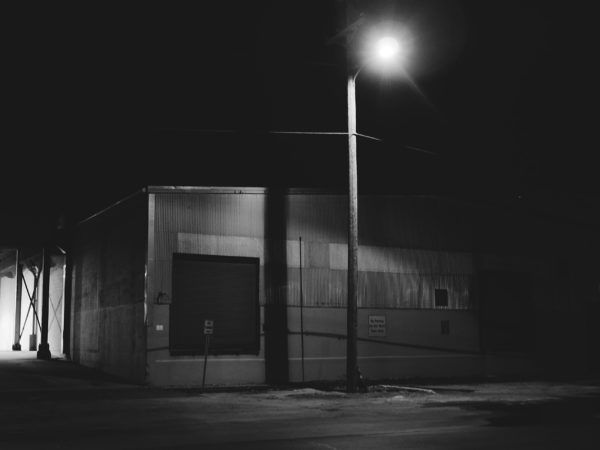
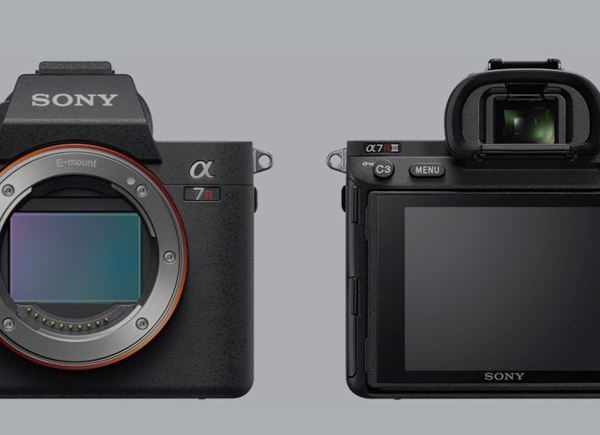
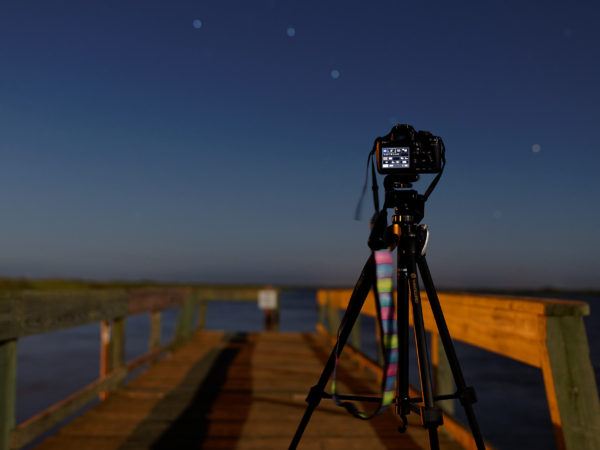
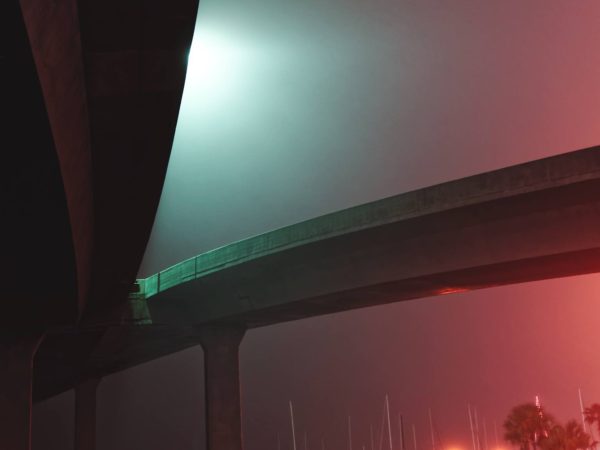
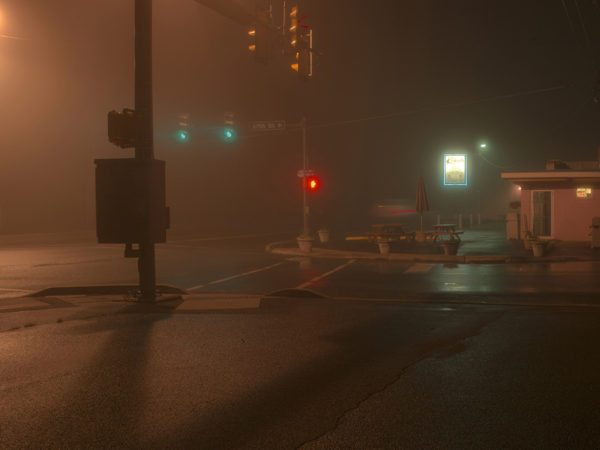
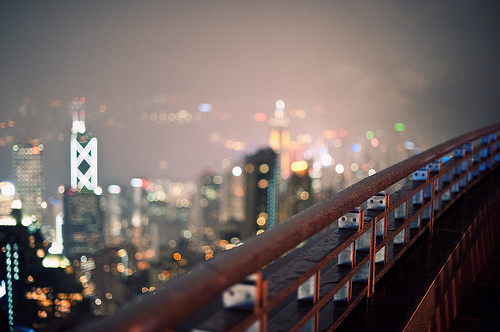
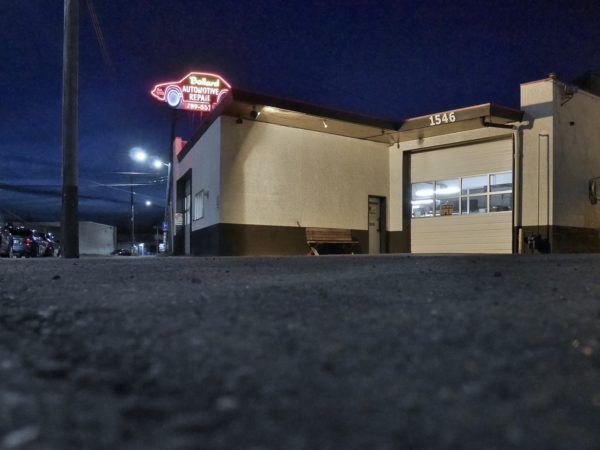
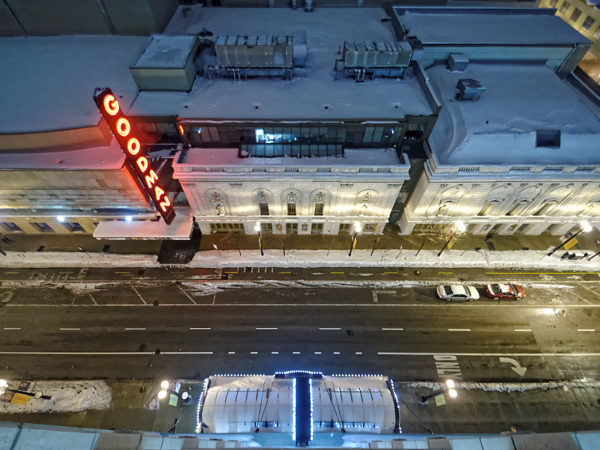
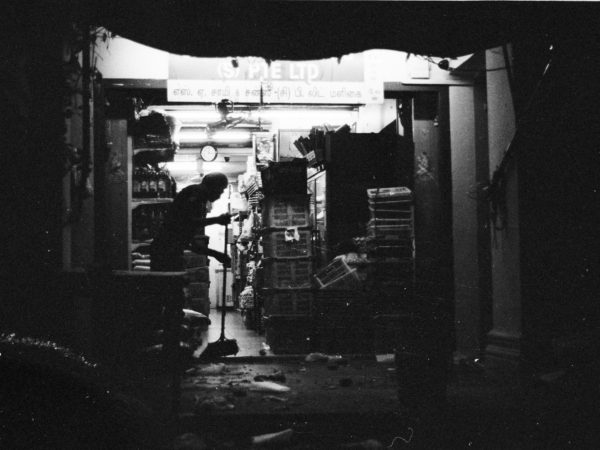
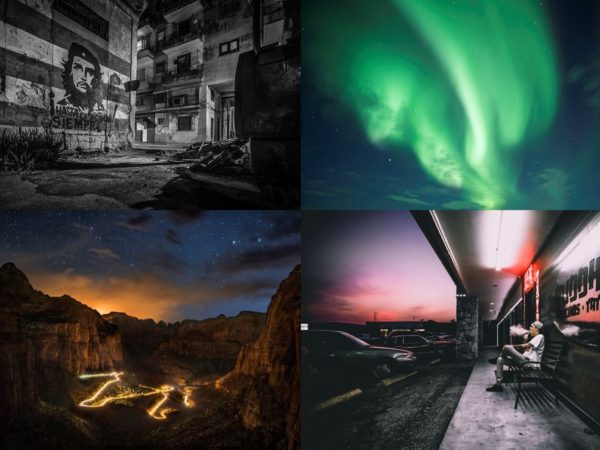
Pingback: Exploring Urban Sprawl with Emmanuel Monzon - Shutters in the Night()